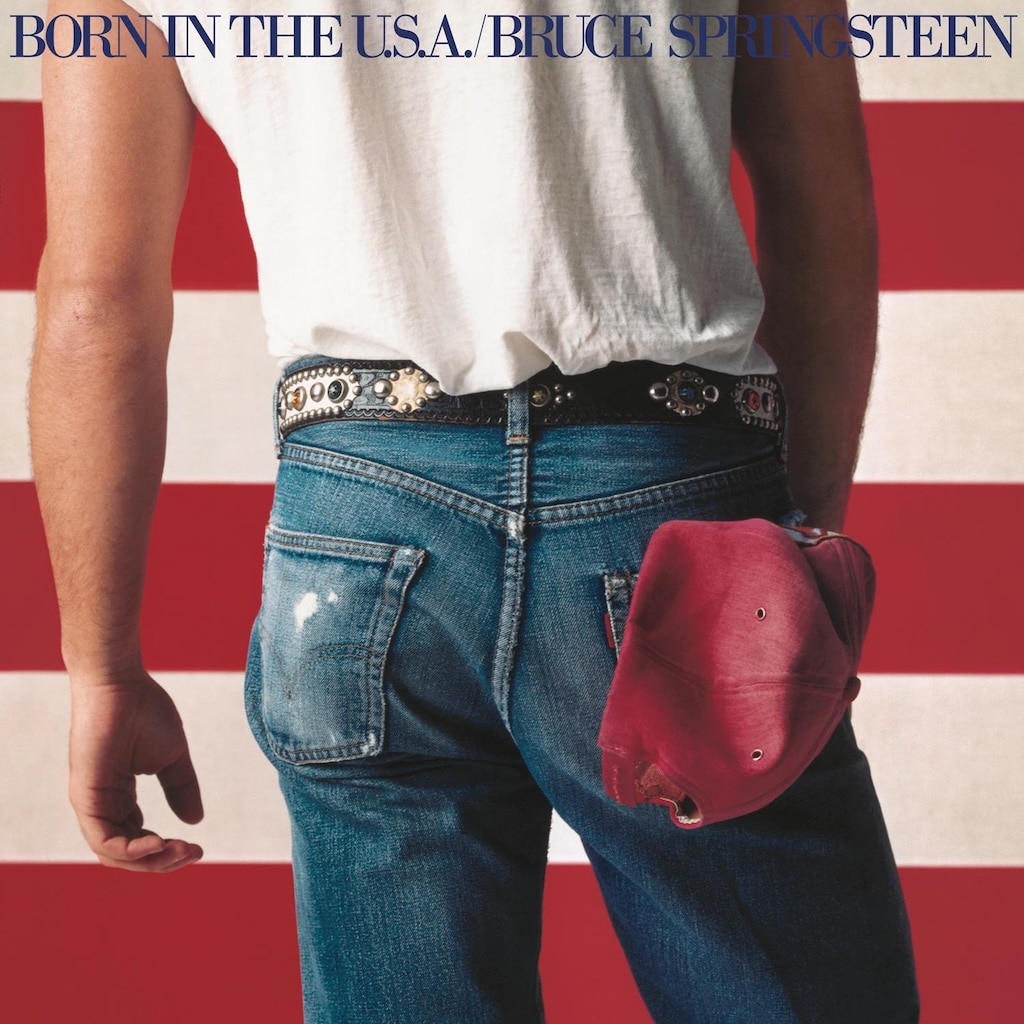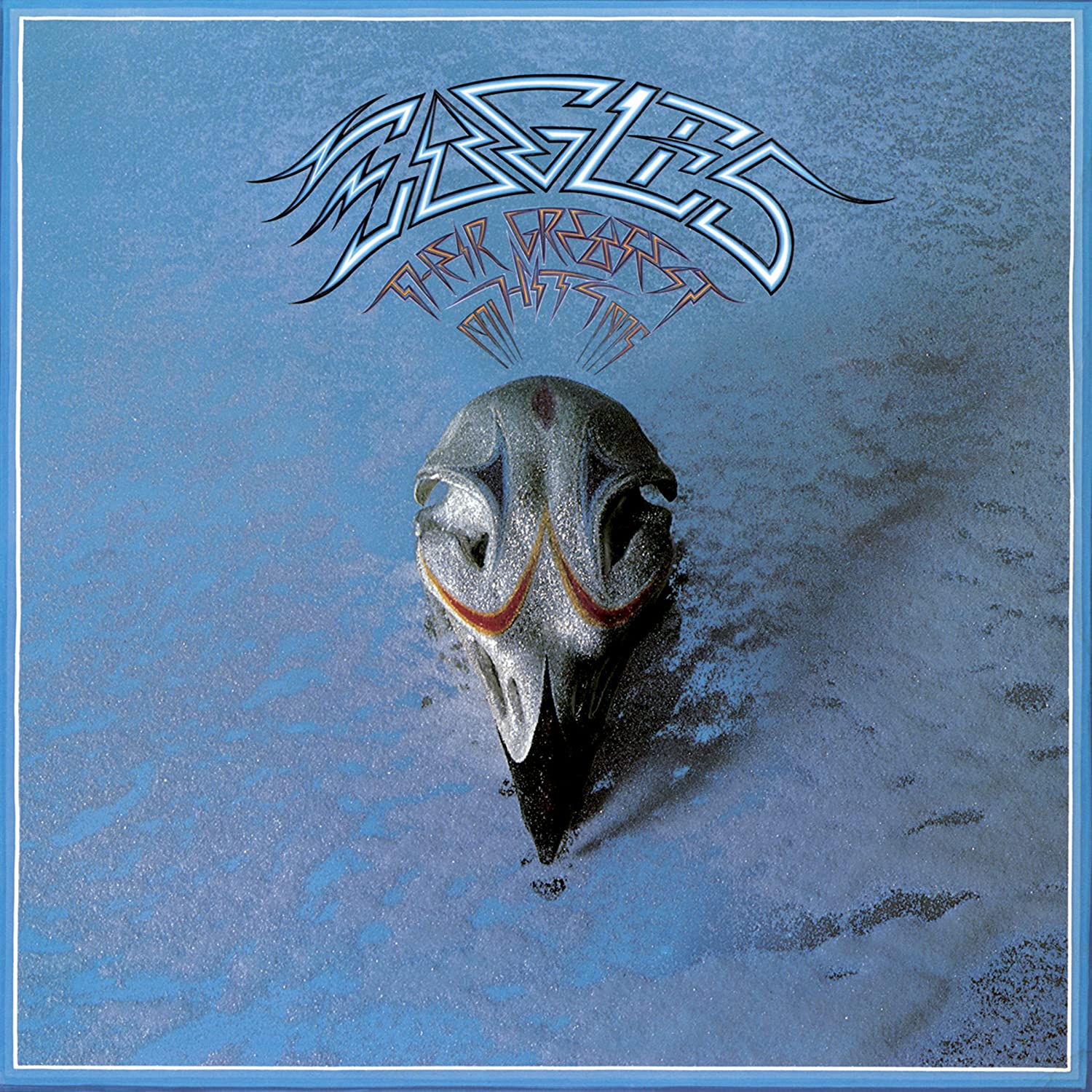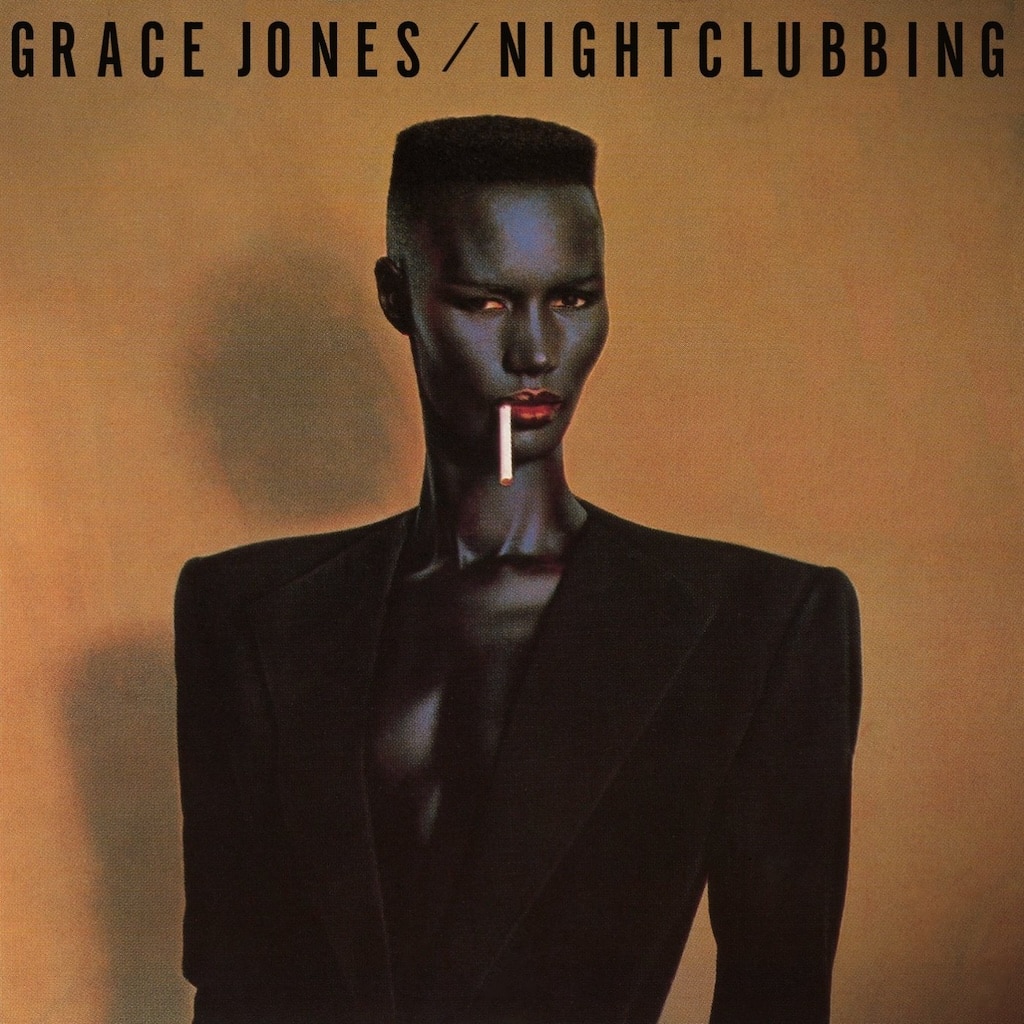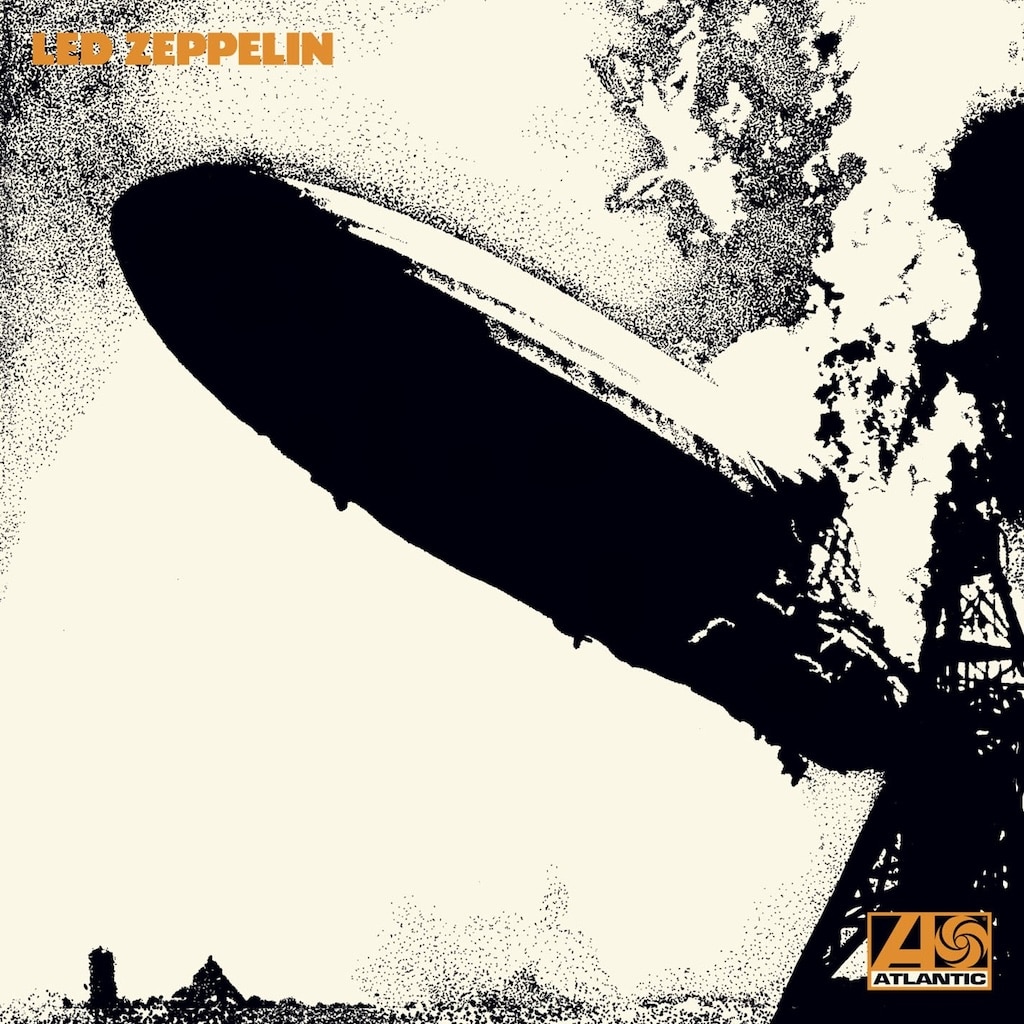
Bruce Springsteen | Born in The U.S.A.
Bruce Springsteen’s “Born in the U.S.A.,” released on June 4, 1984, is not only a landmark in American rock music but also a masterpiece of album cover art, cultural resonance, and commercial achievement. The album’s cover, shot by the legendary photographer Annie Leibovitz, has become one of the most recognisable and frequently discussed images in rock history.
The photograph features Springsteen from behind, clad in worn blue jeans and a plain white t-shirt, with a red baseball cap tucked into his back pocket. He stands before a massive, slightly faded American flag, his posture casual yet resolute. This seemingly straightforward composition is anything but simple; it is loaded with symbolism and ambiguity, perfectly mirroring the album’s complex exploration of American identity.
The backstory of the cover art is as compelling as the image itself. Annie Leibovitz, known for her ability to capture the essence of her subjects, set out to visually encapsulate Springsteen’s everyman persona. During the photo session, Leibovitz experimented with various poses and settings, but it was the shot of Springsteen’s back—rather than his famously rugged face—that ultimately captured the spirit of the album.
Springsteen was initially wary of using such a direct patriotic motif, fearing it might be misread as a simplistic celebration of American triumphalism. He was deeply aware that the album’s themes were far more complex, dealing with the struggles of working-class Americans, the disillusionment of Vietnam veterans, and the chasm between the nation’s ideals and its realities. Yet, the final image, with its starkness and ambiguity, managed to convey both pride and critique, making it a fitting visual metaphor for the music within.
The cover’s design choices were deliberate and meaningful. The use of the American flag as a backdrop was not just a nod to patriotism but a commentary on the state of the nation in the 1980s. The flag is present, but it is not pristine; it is slightly faded, suggesting wear and the passage of time. Springsteen’s stance—facing away from the viewer—invites interpretation. Is he turning his back on America, or is he standing in solidarity with its people? The red cap in his pocket adds a pop of color and a touch of individuality, reinforcing the idea of the American everyman.
Culturally, “Born in the U.S.A.” became a phenomenon, both for its music and its visual presentation. The album’s cover quickly entered the pantheon of iconic American images, referenced and parodied in countless contexts. It became a symbol not just of Springsteen, but of a particular moment in American history—a time of economic uncertainty, political conservatism, and national soul-searching. The cover’s widespread visibility contributed to the album’s mythos, helping to cement Springsteen’s reputation as the voice of blue-collar America.
Commercially, the album was a juggernaut. “Born in the U.S.A.” sold over 30 million copies worldwide, making it one of the best-selling albums of all time. It produced an unprecedented seven top 10 singles, including “Dancing in the Dark,” “Glory Days,” and “I’m on Fire.” The album’s sound—a blend of heartland rock, pop hooks, and narrative lyricism—struck a chord with listeners across the globe.
Its success was fuelled not only by its anthemic choruses but also by its unflinching look at the struggles of ordinary Americans. Ironically, the title track, which is a searing critique of the treatment of Vietnam veterans, was often misinterpreted as a straightforward patriotic anthem. Politicians, most notably President Ronald Reagan, attempted to appropriate the song for their own purposes, missing the critical edge that runs through both the lyrics and the album’s visual presentation.
In the decades since its release, “Born in the U.S.A.” has remained a touchstone in debates about American identity, patriotism, and the power of popular music. The album cover, with its bold yet ambiguous imagery, continues to provoke discussion and inspire reinterpretation. It stands as a testament to the enduring power of art to capture the complexities of a nation and the individuals within it, making “Born in the U.S.A.” not just an album, but a cultural landmark.





